Reviews 10 min read
Audi e-tron GT Quattro review
The Audi e-tron GT may share its all-electric J1 platform with the Porsche Taycan but how does it stack up against its Stuttgart’s sibling? We spend a week behind the wheel to find out
Discover EV expert verdict...
- Powertrain and chassis prioritises comfort over speed
- Beautiful design
- Long range
- Lacks driver engagement
- Expensive
- Not very spacious
Overview
Following its entry into the electric SUV market, Audi now offers a saloon variant with a pair of e-tron GT models, topped off with the RS variant to rival the Porsche Taycan Turbo (https://www.youtube.com/watch?v=tPj4Mno-4Mw), with which it shares 40 per cent of its components and floor pan. We take delivery of the lesser powered, cheaper Quattro for a week, which starts at £86,850.
Driving
Jointly developed by Audi and Porsche, the e-tron GT uses the same J1 platform as the Taycan. Featuring an electric motor on both front and rear axles, provides all-wheel drive and an impressive 523bhp, deploying 0 to 62mph in 4.1 seconds when in boost mode. While that’s not slow, the performance doesn’t feel as endless as the Porsche, nor is it as instant as the Tesla Model 3 Performance, but instead is smooth and progressive, which is perfectly suited to the nature of this car. If you do want something a bit naughtier, there is a hotter RS version which has similar performance to the Taycan Turbo (637bhp in boost mode) enabling a 2.5 second launch control boost.
It isn’t quite as communicative in the corners as the Taycan, there is more body roll and dive, but again it’s not intended to be a driver’s car like the Porsche. You can feel the two-speed gearbox on the rear axle – designed to ensure durability of the e-motors if you launch start it – with a kick in the middle of the acceleration run as the transmission swaps its cogs. It’s a unique and welcome experience that you don’t get in other get in any other performance EV (with the exception of the up and coming Lotus Emeya).
When in Efficiency and Comfort modes you can coast without any regenerative braking when you lift off the throttle, and the car will recognise junctions and roundabouts, or know when you’re getting close to the car in front or if there’s a gradient in the road. You can however add some via the wheel-mounted paddles, which is missing from the Taycan, so this is an added bonus, if you don’t wish to coast along freely, but the system still doesn’t enable the same one pedal driving experience you'd find in a Tesla.
With body roll almost non-existent, unless you want to firm up the steering and ride a little you probably have little need to switch to Dynamic mode, which shifts the torque bias towards the rear wheels.
Of course, the one thing missing from an EV is an exhaust note – a visceral experience that adds to the emotion of driving a car for many owners. To that end engineers conceived and designed a progressive electronic sound on the computer, in the sound laboratory, inside the moving car, and using feedback from customer studies. Then using two control units and amplifiers, an interior and exterior sound is played through loudspeakers, and owners can set how intensively they wish to experience that noise via the Audi drive select system. It’s standard on the RS model and a £500 option on the Quattro and we found that - perhaps subconciously - it made the car feel more dynamic. It also helps you to keep a track of your speed!
Just like the Taycan, the small side windows and rear screen can make over taking on the motorway and seeing what’s coming at big junctions a little tricky.
Range and running costs
The official combined consumption figure for the Quattro is between 3.1 to 3.3 1mi/kWh, which was roughly what we were averaging over our week with it. Not too bad for a 2.2 tonne car. With a low drag coefficient enabling high efficiency, together with active aerodynamics (switchable air inlets for brakes and radiators); a rear spoiler that extends in multiple stages, closed underbody and wide diffuser, the heat pump also helps, particularly with the loss of range that the electric climate control causes in winter.
In theory the battery enables a range of up to 303.2 miles and can be recharged extremely quickly, thanks to its 800 V technology – just five minutes at maximum DC charging capacity will give you around 62 miles, while 15 to 80 per cent charge can happen in under 23 minutes. There are two charging flaps - one each side behind the front wheels – for easy access, and two charging cables (supplied as standard), one each for public AC chargers and a home wallbox.
In addition to charging, owners can manage pre-entry climate control of the interior via their smartphones using the myAudi app, which is always nice on those frosty mornings or if you’ve been for a run and need to cool down!
For owners in Europe you can use Audi brand’s own e-tron Charging Service, which currently incorporates around 200,000 public charging points. A special card is needed to access them, and Audi customers pay a standard rate across 26 countries. Ionity’s fast-charging network offers customers a range of favourable terms and conditions, too.
Now an almost £90,000 car is far from cheap, even if it is electric but if you can get it as a company car then you’re definitely quids in compared to a petrol equivalent with Benefit in Kind at just 2 per cent for 2023/2024 and zero-emission vehicles still exempt from road tax. New electric cars registered on or after April 1, 2025, will pay £10 in the first year, before then going onto the standard £180 rate. Anyone commuting daily into the London Congestion Charge zone before this point will also be exempt from paying.
Design
Interestingly the e-tron GT is on the same production line as the R8, and while the Böllinger Höfe facility (at the Neckarsulm site) uses customised new technologies –the finishing touches are done by hand, and you can see evidence of that. It has a long wheelbase and wide track, measuring 4.99 metres and 1.96 metres respectively, but is just 1.41 metres high, thanks to the recesses in the battery, giving it a sculpted profile and low, broad stance. Inside this means passengers upfront are sat very low which is fine for all except perhaps your elderly in-laws. From the wide wheelarches to the prominent rear diffuser and detailed air intakes, it’s a gorgeous looking machine but also very efficient in its shape, with a drag coefficient of just 0.24. There’s a choice of eight paint colours, three alloy wheels and two black and three carbon styling packages.
Inside it is very reserved – there is a 12.3 inch virtual display angled towards the driver with all the vital information, and a central 10.1 inch touch display, with physical switchgear for the climate controls, and the drive shifter which protrudes from the centre console. It ticks the sustainability box with carpets and mats made of recycled material, such as old fishing nets while recycled polyester covers the seats, but of course there is an option for leather or inlays made of silk matt (walnut). Overall, it’s a luxurious, sporty cockpit, but the Porsche feels more special.
Comfort and practicality
The passenger and driver seats are very well supportive with lots of adjustment, while rear legroom is good enough for three adults although the headroom is a little restricted by that sloping panoramic glass roof, and with the two outer seats sculpted the centre seat is narrow, a little taller and quite uncomfortable. If you’ve specced the panoramic sunroof it will help to give the cabin a light and airy feel, especially for those sat in the back.
There is no optional passenger display like there is with the Porsche Taycan. The centre console cubby is on the small side and if you’re got one of the latest smartphones, the wireless charger attached to the side of it is essentially unusable because it’s too wide. Also because of the saloon-like boot – rather than hatchback – the 405 litres of space is rather limited in use which is a shame considering it’s a ‘grand tourer’. On the plus side, there’s also an 81 litre frunk, a pair of large drink holders between the seats, and decent-ish sized door bins – overall it’s a comfortable cruiser and very quiet.
The e-tron GT gets Audi’s MMI Touch navigation, plus an array of driver safety systems such as pre-sense front and basic lane departure warning and cruise control, but if you want to enhance on that you’ll need to tick the various packages and options. The Technology Pack cost £3195 and includes a Bang & Olufsen Premium Sound System with 3D sound, Ambient Lighting Package plus, Parking Assistance Package and Head-up Display. The Technology Pack Pro costs £8995 and adds Adaptive Air Suspension, Seat Ventilation, Sport Seats Pro, Fine Nappa leather combination, perforated with honeycomb pattern and Matrix LED laser headlights with dynamic light presentation. There’s also a Parking Assistance package for £1760 (360° cameras, Remote parking pilot, Park Assist), Tour Pack for £1355 (Adaptive Cruise Assist with Emergency assist, Adaptive Cruise Control with speed limiter, efficiency assist, swerve assist and turn assist) and (Front Cross Traffic Assist and Lane Change Assist).
The e-tron GT is covered by the standard Audi three-year or 60,000-mile warranty, if you want to extend that (which still doesn't match the Korean brands at four years / £75,000 miles) you’ll need to pay £700 which is a damn cheek for a car that costs almost £90k! And if you want to extend that by a year and 15,000 more miles you’ll need to cough up a further £1100. It does at least issue an eight-year or 100,000-mile warranty that guarantees battery performance.
Verdict
With the standard quattro having a longer range and lower price tag it’s the one we’d go for, plus it’s got the comfort you want from a GT. That said it’s still very expensive, when you consider the Porsche Taycan starts from £79,200. But if your preference is a softer ride, lighter steering and easy driving manners, then you’d opt for the saloon with the four ring badge. Looks are a personal thing, but one might argue the Audi’s more handsome, and it certainly feels easier to live with compared to the Porsche.
Given it’s an Audi you can be assured its well-made and reliable, and then some, as it’s based on a Porsche, which reputation supersedes it’s ‘lesser’ sibling. There have been some software glitches with both the e-tron GT and Taycan but they seem to have been dealt with swiftly and over-the-air-updates should help iron out potential future problems.
It’s also similarly priced to the Tesla Model S, which is a car that’s close in concept, and while it offers far more range (373 miles), who in their right mind would order a LHD vehicle in the UK other than a 'Tesla fanboy'? But that’s another topic for another day.
Yes, there are now EVs that cost half the price and can out-accelerate it and are more practical but they don’t make you feel as special as the Audi does, nor are they as well engineered, balanced or engaging to drive. If you want a premium long range cruiser this is a good contender.
Key Specs
2022 Audi e-tron GT quattro
Price (RRP OTR): From £88,365
Top speed: 152mph
0-62mph: 4.1 seconds
Power: 523bhp
Torque: 472lb-ft
Driving range (combined): 303 miles
Charging time: 7hrs 30m (7.4kW, 0-100%), 5hrs (22kW, 0-100%), 30 min (100kW, 0-80%)
Insurance group: 50
Vehicle warranty: 3 years / 60,000 miles
Battery warranty: 8 years / 100,000 miles




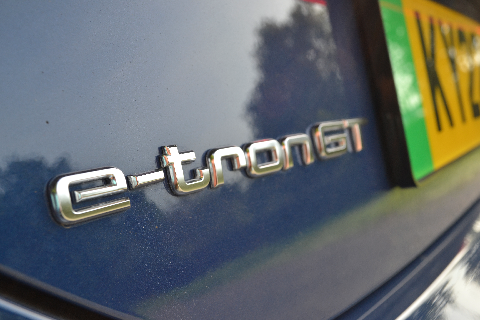

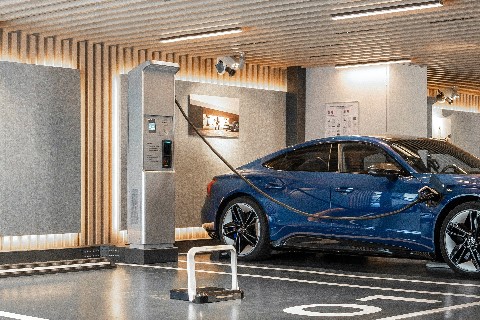
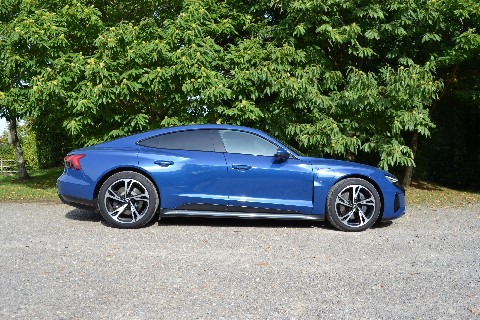
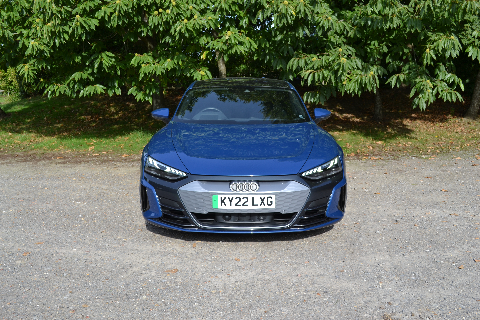
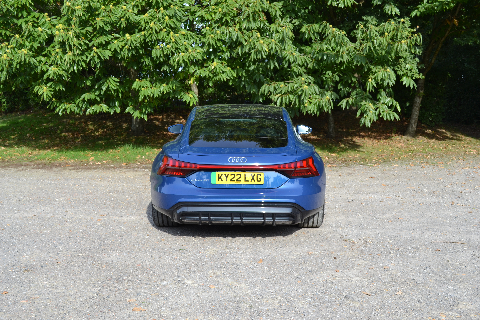
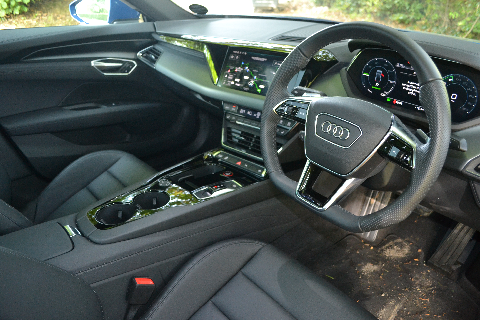
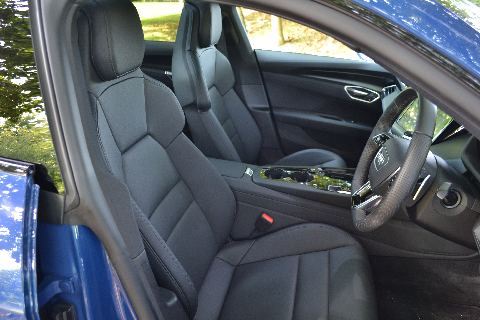
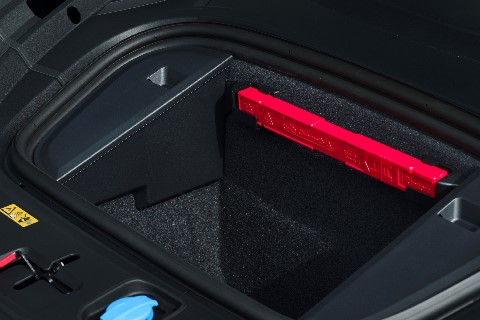
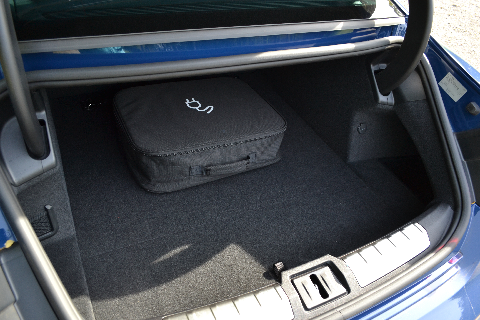
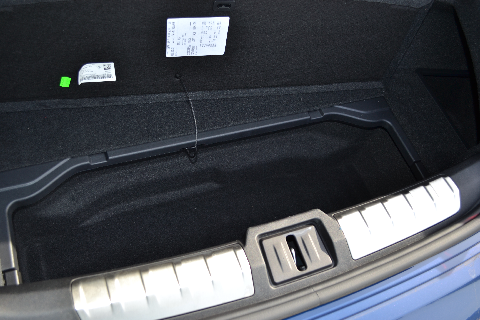
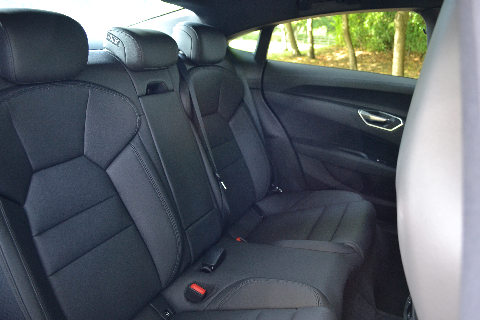
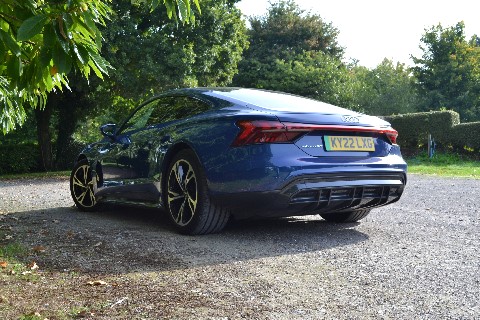

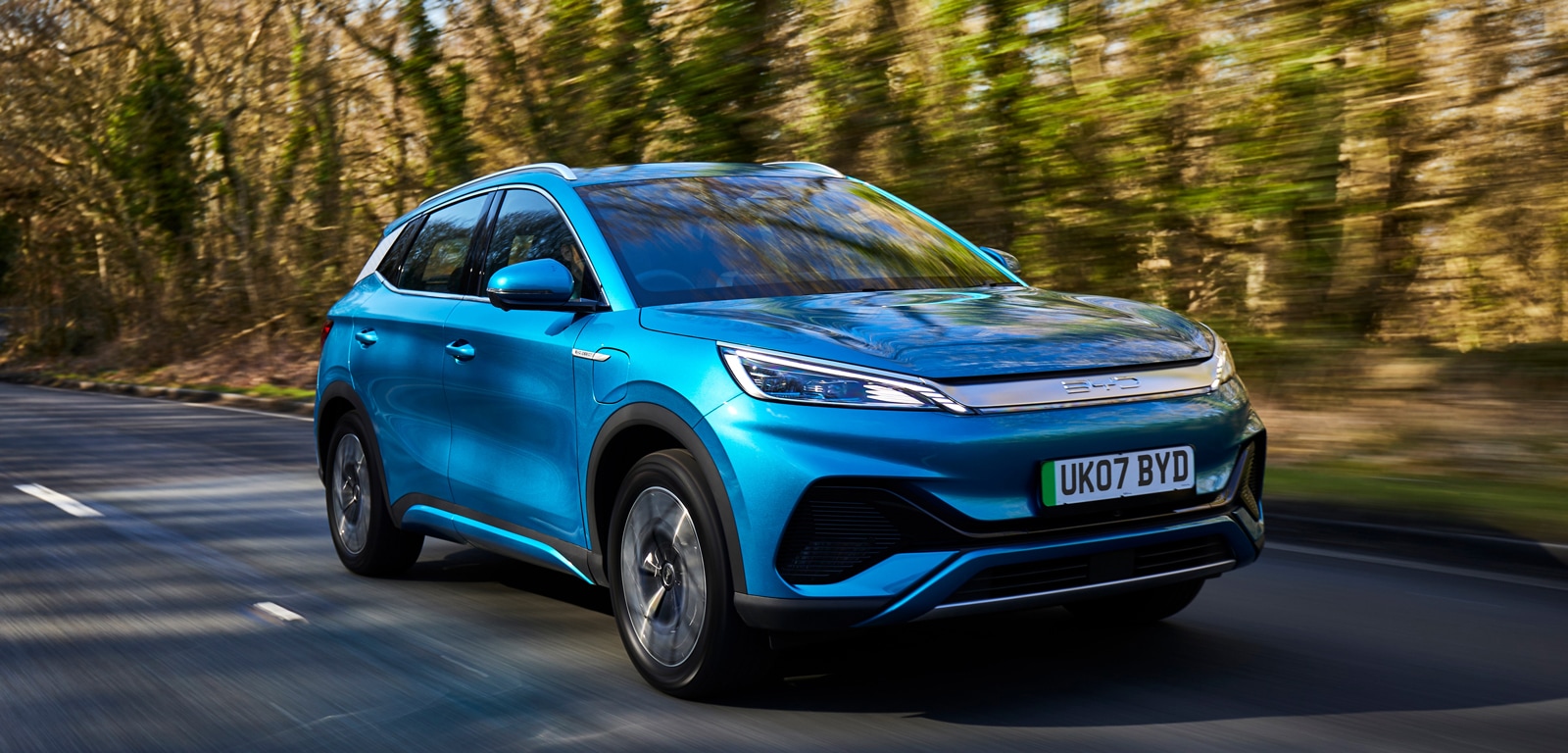
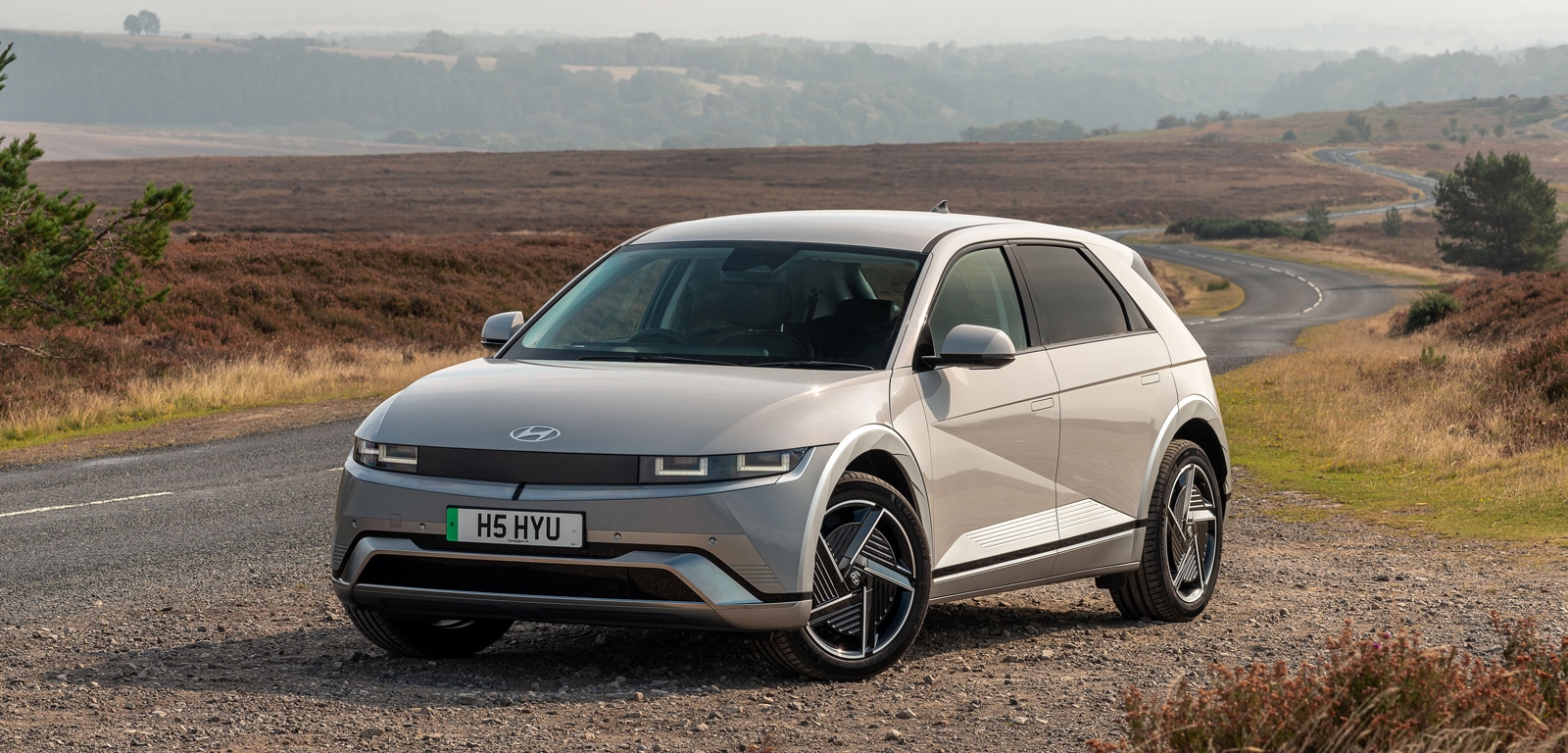
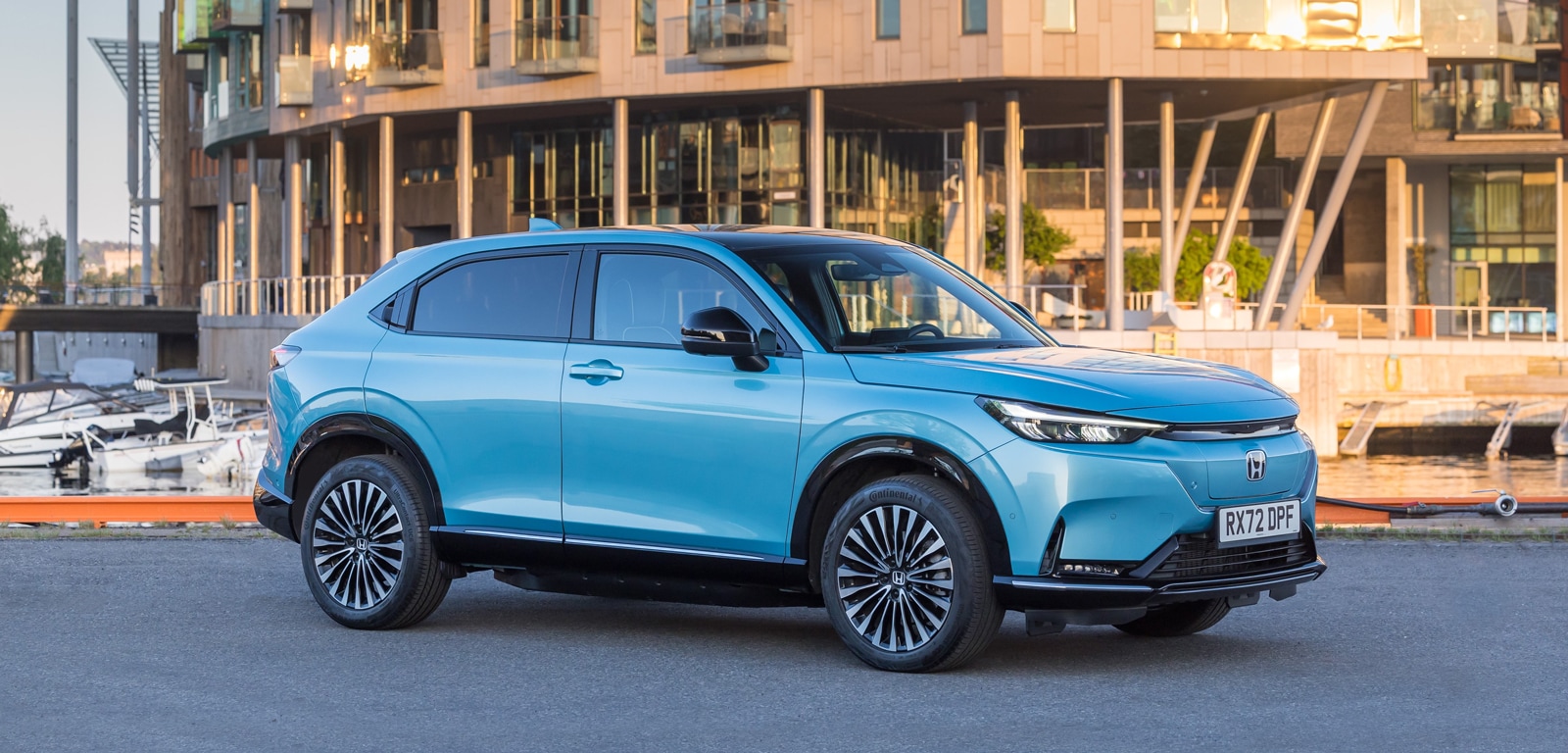
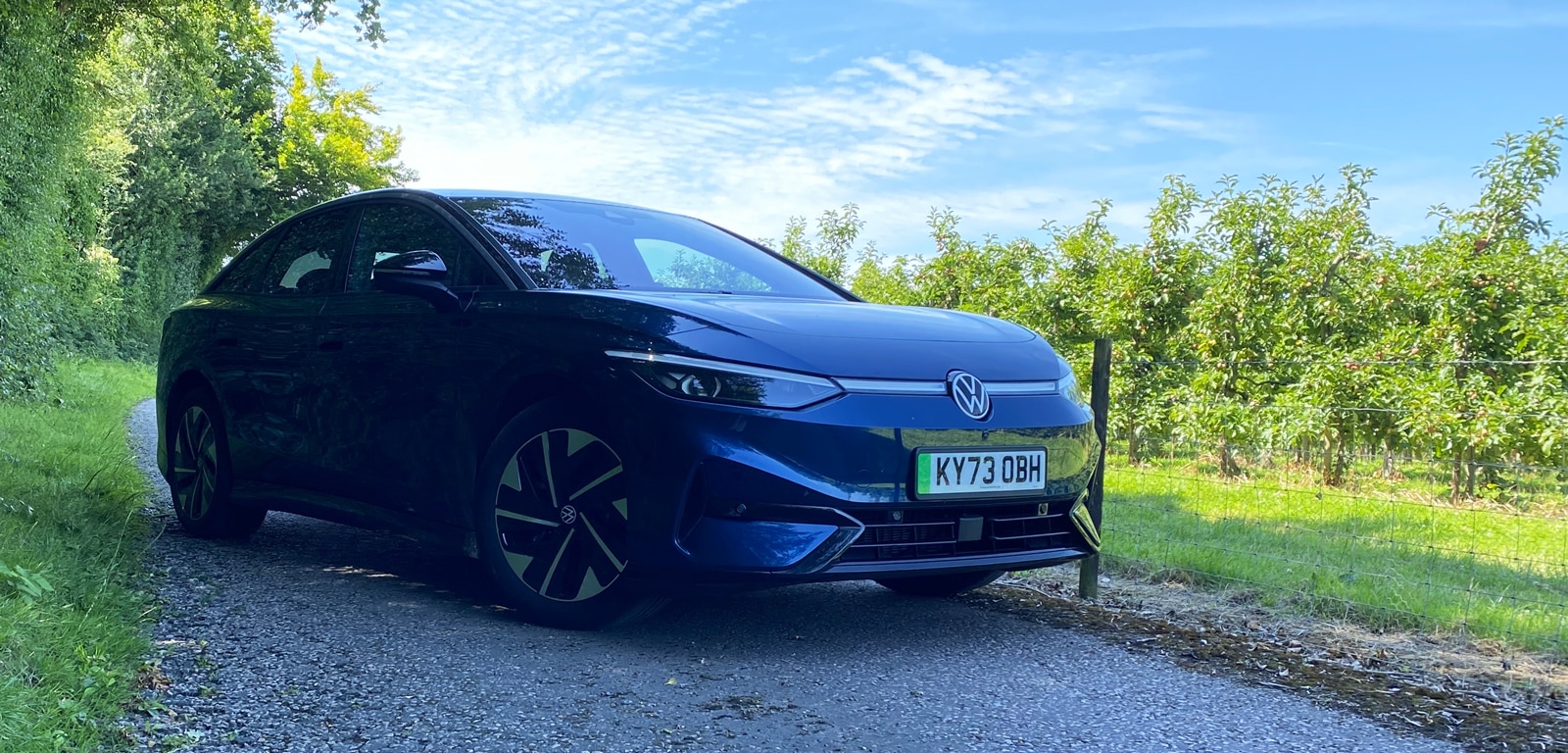
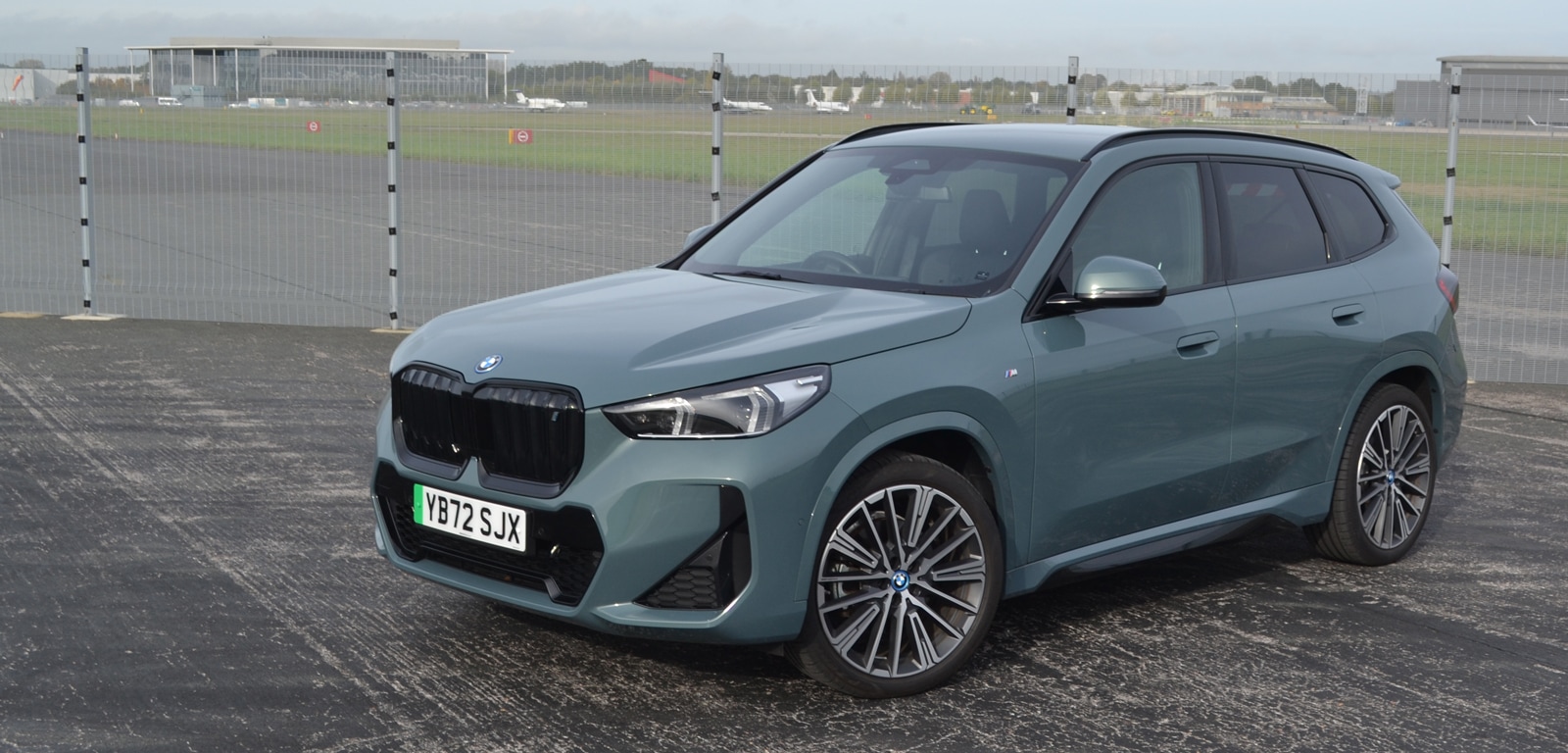


Comments (0)
Be the first to write a comment
Login/ Signup